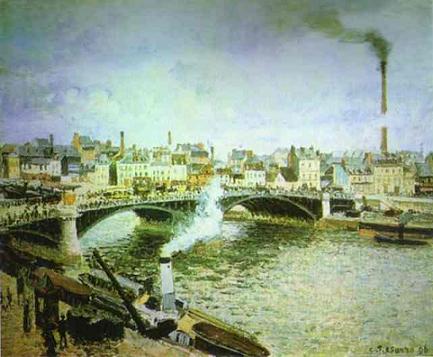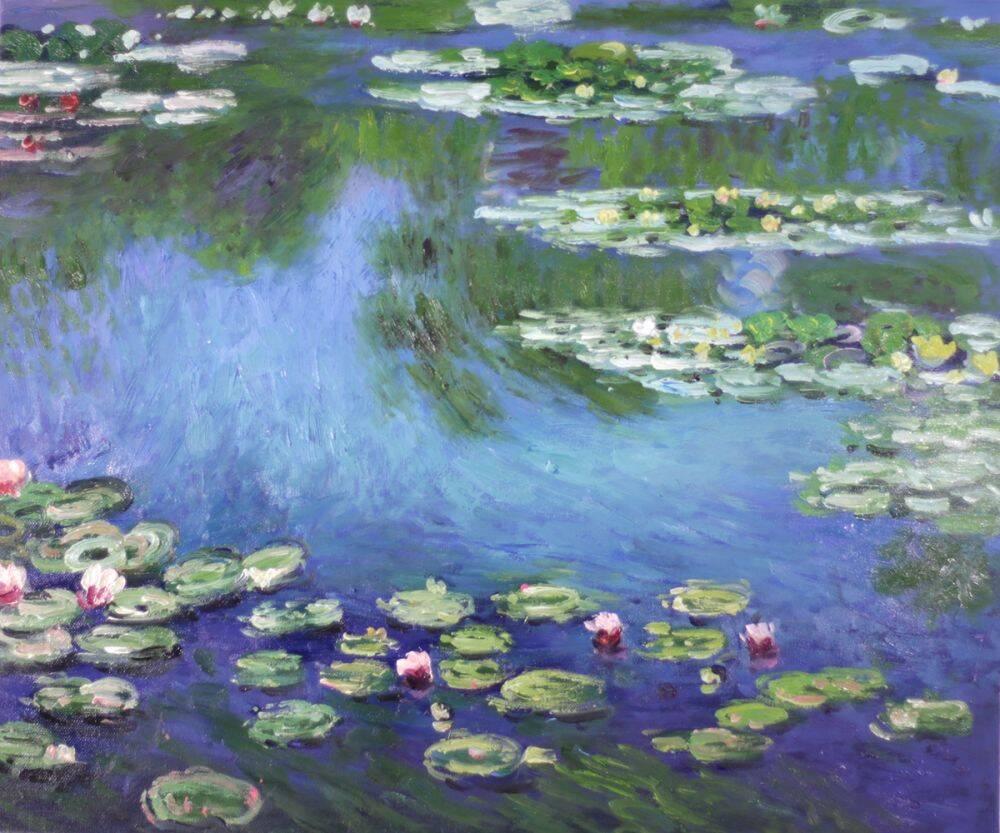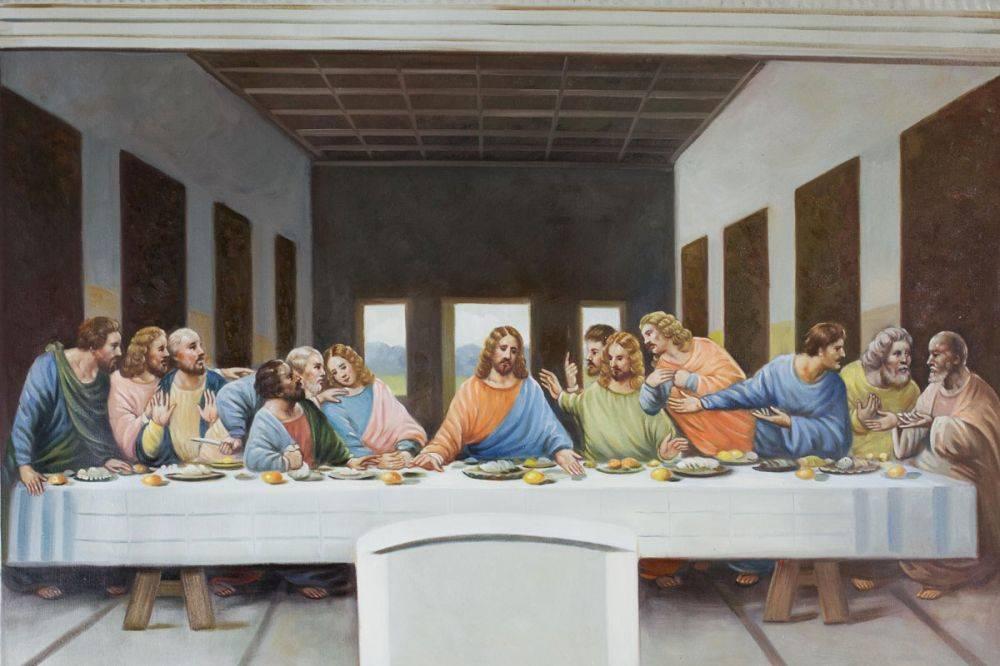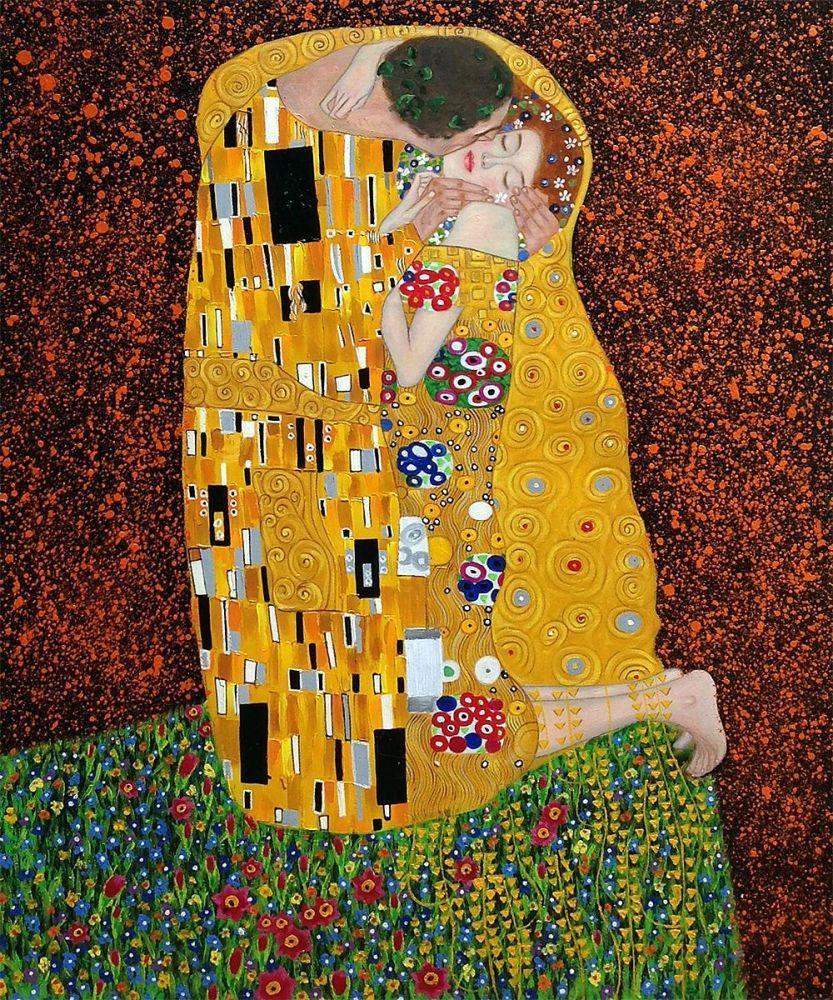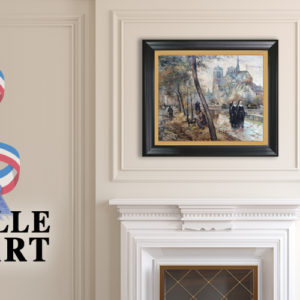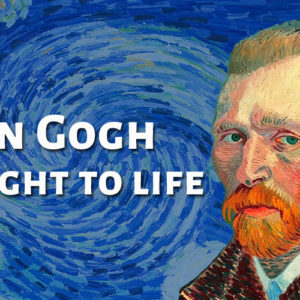Art
What Would Pissarro Think About Twitter?
Camille Pissarro is often thought of as the forefather of Impressionism, which rejected the bourgeoisie and embraced nature and the expression of the immediate. Early works exemplified the hardworking peasant in harmony with nature, while later works depict more industrialized settings than any other painter of the period. In the Industrial Age drastic changes shaped an anarchist Pissarro. How would the artist handle the Age of Information Technology, where Twitter is the breaking news source on everything?
 He would have mixed feelings. Maybe it’s the anarchist itch. Not many painters before Pissarro showcased the working class as a prominent and intellectual figure in his true element. For most of his life this is seen in his depictions of rural life. The Hay harvest Eragny (1901) (above) is a wonderful example of a style consistent throughout Pissaro’s lifetime. The Impressionists rendered more than light. The loose brushstrokes of selective color represented a moment, and the style itself is aesthetically pointing out that it can fade at any moment. It didn’t help that a revolution was happening. The French Revolution (1789–1799) caused many artists to flee to England and paint the true color of the urban underbelly. Before the revolution the arts had been supported and controlled by the government and its select institutions (The Salon). The Impressionists were frankly sick of censorship and started their own movement, hosting several exhibitions outdoors.
He would have mixed feelings. Maybe it’s the anarchist itch. Not many painters before Pissarro showcased the working class as a prominent and intellectual figure in his true element. For most of his life this is seen in his depictions of rural life. The Hay harvest Eragny (1901) (above) is a wonderful example of a style consistent throughout Pissaro’s lifetime. The Impressionists rendered more than light. The loose brushstrokes of selective color represented a moment, and the style itself is aesthetically pointing out that it can fade at any moment. It didn’t help that a revolution was happening. The French Revolution (1789–1799) caused many artists to flee to England and paint the true color of the urban underbelly. Before the revolution the arts had been supported and controlled by the government and its select institutions (The Salon). The Impressionists were frankly sick of censorship and started their own movement, hosting several exhibitions outdoors.
Pissarro provided financial assistance to Jean Grave, the dominant figure in the French anarchist-communist movement. The movement held that life was best when left to its simpler elements with people working together in small communal groups as versus a national monopoly. Pissarro’s empowered the peasant in his or her natural environment in and through his artwork.
In the Age of Information Technology we are undergoing a myriad of changes. Caught in a worldwide recession, oppressive governments fall under dictators and wars rage over resources we have monopolized into scarcity. Our children play less, if at all. We still struggle to feed our families and keep roofs over our heads. The working class is caught up in a worldwide revolution spreading like the bird flu, and the breaking news is not broken by mainstream media or governments. It’s by Twitter and the like. Forget censorship. Wikileaks and Anonymous are our Impressionist painters, our Pissarro, Monet, and Renoir.
 When Pissarro began painting cities and factories, he wasn’t a one-sided anarchist but more of an optimist. To look at one of these artworks, it is clear that though smog taints blue skies there is an allure and thrill attached to the urban fast life, a new and sometimes uncanny sort of beauty. Pissarro painted this allure. It’s present in many of his cityscapes. Some theorize that he hated and loved the urban sprawl. A melting pot of mixed feelings, the proof is the accuracy of the artwork. Nothing is embellished. It would stand to reason that Pissarro would feel similarly about the aspects of information technology that while they consume our lives like smog, empower the individual voice within the masses.
When Pissarro began painting cities and factories, he wasn’t a one-sided anarchist but more of an optimist. To look at one of these artworks, it is clear that though smog taints blue skies there is an allure and thrill attached to the urban fast life, a new and sometimes uncanny sort of beauty. Pissarro painted this allure. It’s present in many of his cityscapes. Some theorize that he hated and loved the urban sprawl. A melting pot of mixed feelings, the proof is the accuracy of the artwork. Nothing is embellished. It would stand to reason that Pissarro would feel similarly about the aspects of information technology that while they consume our lives like smog, empower the individual voice within the masses.
